TREATMENTS
TREATMENTS
We use a variety of treatments to help relieve pain and help treat injuries.
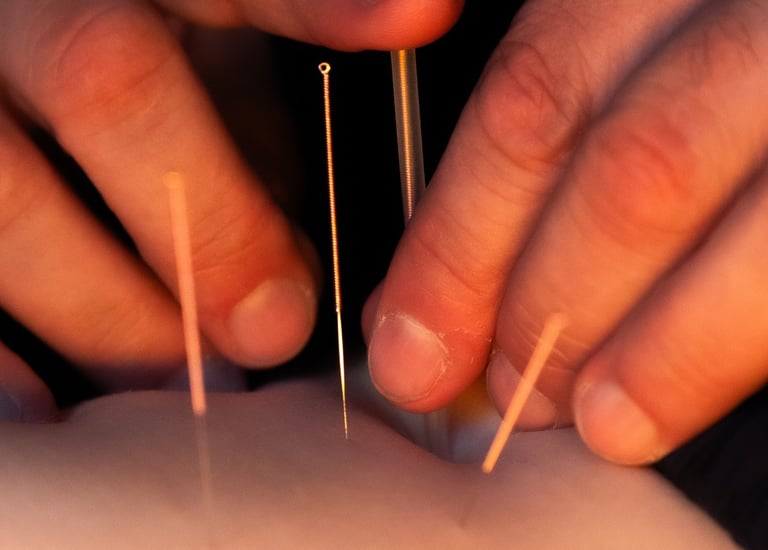

Dry Needling
Dry needling is similar to acupuncture, but it is used to treat specific muscle pain by targeting trigger points within the muscle tissue. Inserting a very fine needle into this area helps release the tight tissue, which can increase function and range of motion, as well as reduce pain.
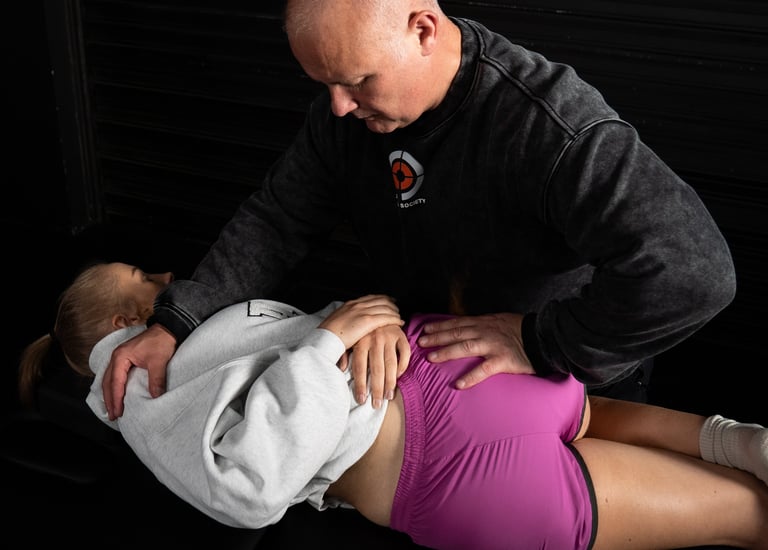

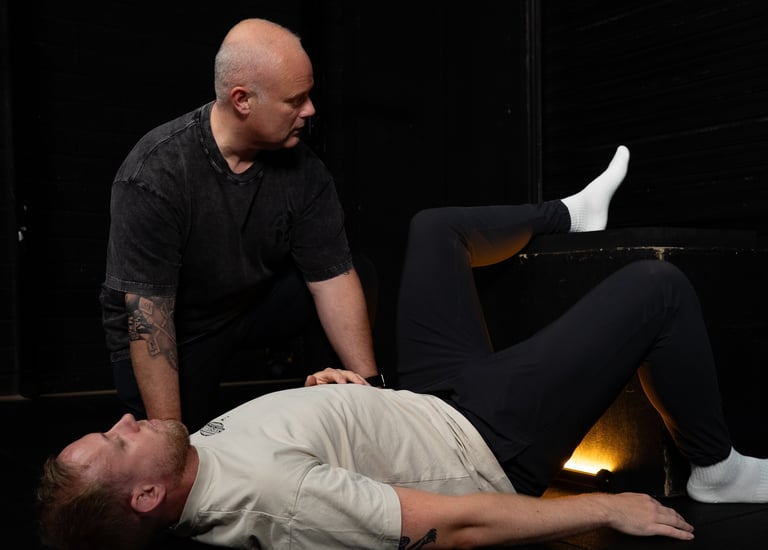

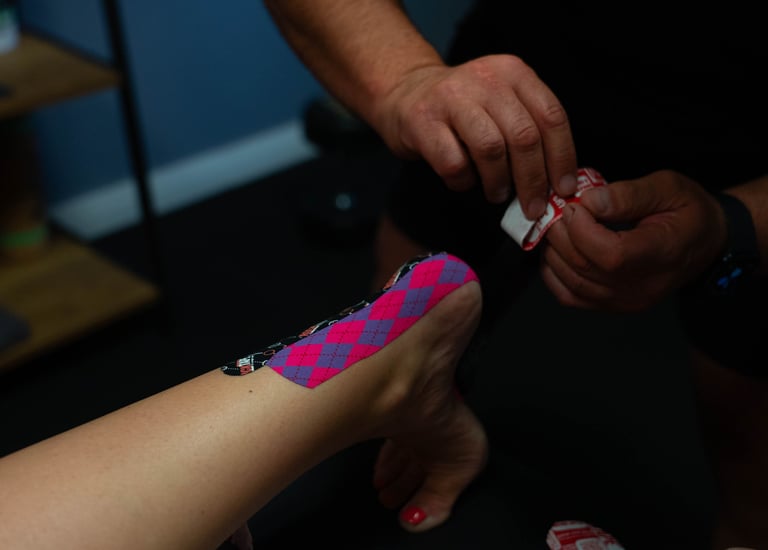

Joint Mobilisation / Manipulation
Joint mobilisation and manipulations are where our highly trained therapists treat restrictions in your joints. The application of specific manual techniques is used to increase your range of movement and reduce pain.
Book your treatment today
Advanced Manual Therapy
Advanced manual therapy is where our highly trained therapists use their hands to diagnose and treat restrictions in your movement. The application of specific manual techniques is used to increase your range of movement and reduce pain.
Kinesiology Taping
Kinesiology taping is an effective technique using highly elastic tape to support muscles and joints without adversely affecting circulation or range of movement. It's applied on the skin over muscles to enhance performance, relieve pain and inflammation, stimulate weak muscles and support muscles and movement.
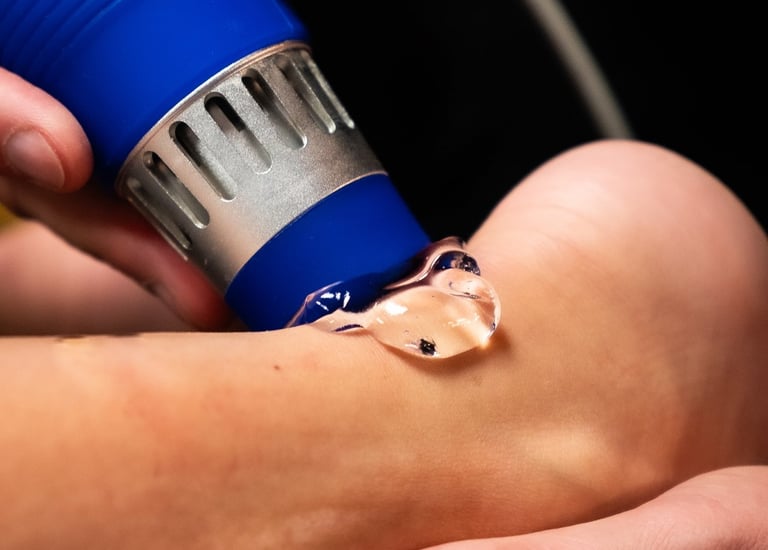

Electrotherapy
Shockwave Therapy – Stimulates healing of soft tissues.
Therapeutic Ultrasound – Promotes tissue repair and reduces inflammation.
Interferential Therapy – Eases deep muscle pain and accelerates healing.
TENS (Transcutaneous Electrical Nerve Stimulation) – Provides pain relief by stimulating nerves.
NMES (Neuromuscular Electrical Stimulation) – Strengthens muscles and prevents atrophy.
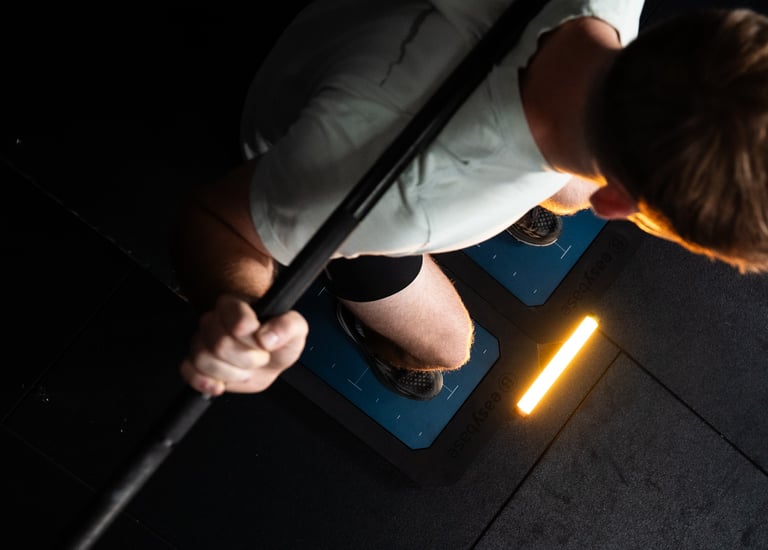

Strength Training
By promoting proper biomechanics and reinforcing load tolerance, strength training helps mitigate common issues like lower back pain, knee instability, and tendon overuse injuries. Additionally, it supports long-term joint health by improving bone density, tendon resilience. Whether for rehabilitation or performance, structured strength training is a key factor in maintaining optimal physical function.

